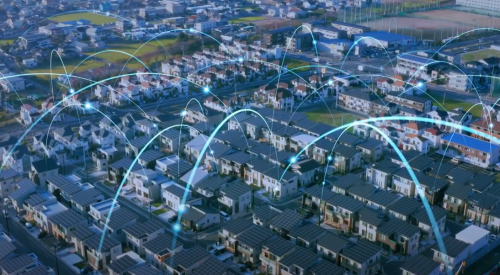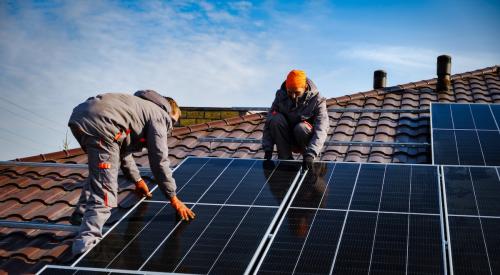More U.S. utilities are adopting programs to promote grid-interactive efficient buildings (GEBs). GEBS will be critical to the grid of the future, according to the American Council for an Energy Efficient Economy (ACEEE). Some programs focus on energy savings and others on demand flexibility, but none of those surveyed reap the benefits of both, according to new ACEEE research.
GEBS, also called “smart buildings,” can help utilities adapt to rapid changes in the grid, including the adoption of technologies like electric vehicles and heat pumps. They deliver substantial energy and emission reductions by using highly efficient materials and equipment.
GEBS can also be resources to the grid by using less overall energy than a normal building and strategically shifting or reducing energy consumption during peak times. The simplest programs type includes automated demand response (ADR) that sends a signal to equipment in a building to reduce its load.













